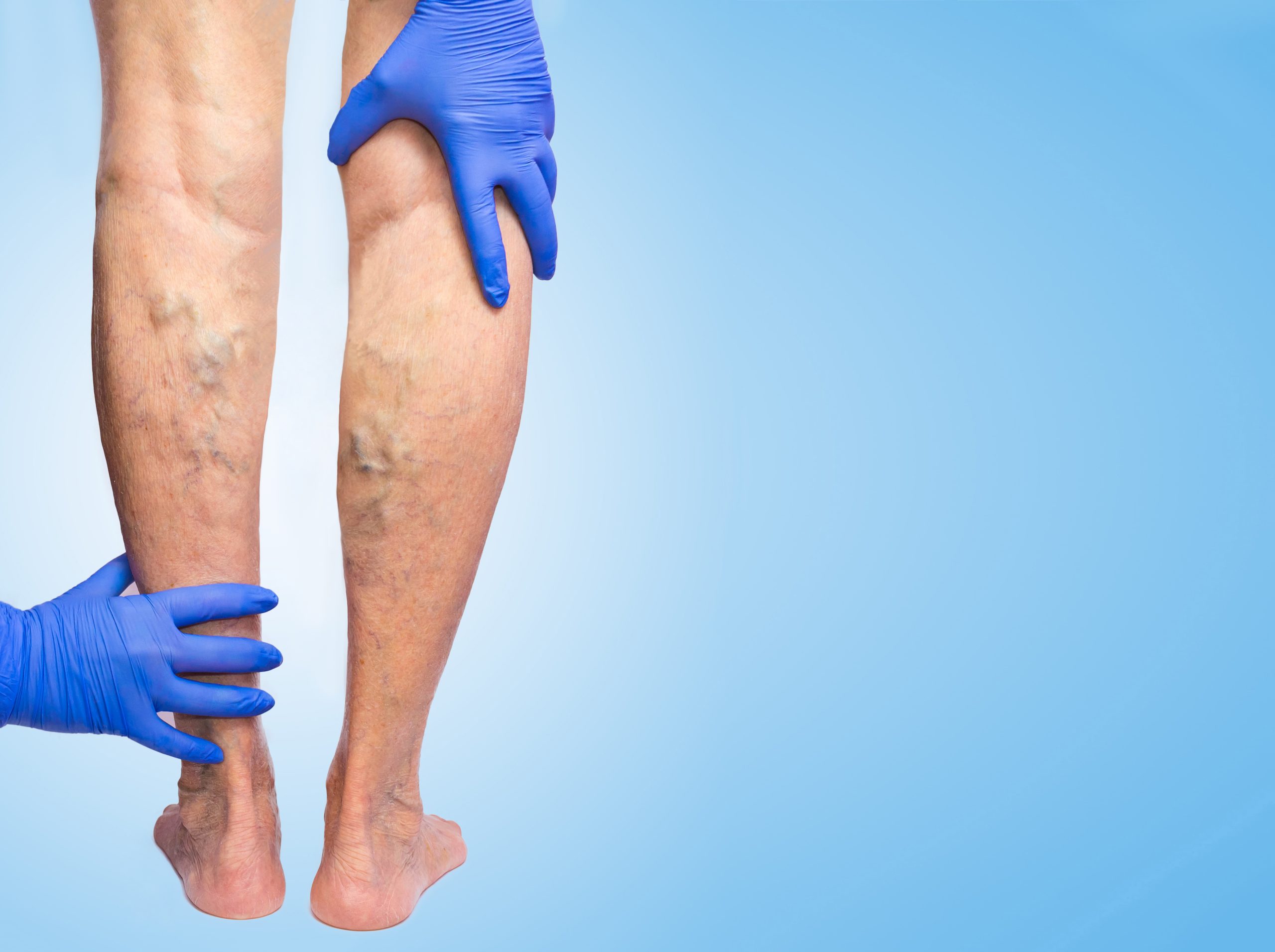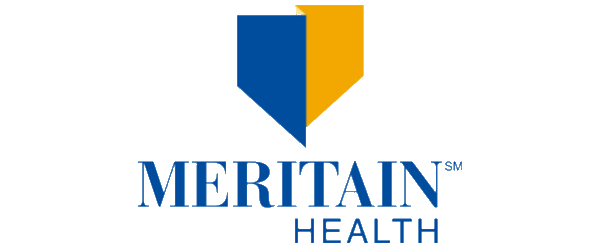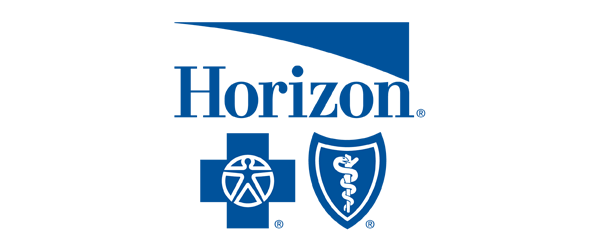Have your legs started to look different, with veins that seem more visible or patches of darker skin? These changes may not just be cosmetic.
They can signal venous insufficiency, a condition that affects how blood moves through your veins.
When vein valves weaken, blood can pool in the legs and cause swelling, visible veins, and uneven skin tone. This can leave your legs feeling heavy and looking tired.
This article will explain what venous insufficiency is, why it affects your appearance, and the options available to help your legs look and feel healthier again.
What Is Venous Insufficiency?
Chronic venous insufficiency (CVI) occurs when the vein valves in your legs stop pushing blood upward toward the heart.
When this happens, blood pools in the leg veins, creating venous reflux. This process increases venous pressure and slows circulation.
The added pressure in the superficial veins and deep veins can cause varicose veins, spider veins, and leg swelling. You may also feel dull aching, cramps, or heaviness in your legs after prolonged standing.
These symptoms often worsen when the calf muscles weaken or the venous valves are severely damaged.
When symptoms persist, a vascular surgeon may recommend radiofrequency ablation or another minimally invasive procedure. These treatments help restore healthier circulation and reduce discomfort.
How Chronic Venous Insufficiency Affects Physical Appearance
Chronic venous insufficiency often becomes noticeable through visible skin changes. When venous blood pools in the superficial venous system, it raises venous pressure and weakens the vein walls.
This can create visible veins, discoloration, and swelling that gradually worsen without care.
You may notice:
- Varicose veins: Large, raised veins that twist beneath the skin and may appear bluish or purplish.
- Spider veins: Thin, web-like lines that form close to the skin’s surface, often around the thighs or ankles.
- Skin discoloration: Dark brown or reddish patches caused by blood pigments seeping into nearby tissues.
- Leg swelling: A sign of fluid buildup when circulation slows. It often worsens after long periods of sitting or standing.
- Stasis dermatitis: Dry, itchy, or thickened skin that develops due to poor circulation and inflammation.
- Venous ulcers: Open wounds that may appear near the ankles when skin changes remain untreated.
Treating chronic venous disease early can improve blood flow and prevent permanent skin damage.
Common Symptoms and Risk Factors of CVI
The symptoms of chronic venous insufficiency develop when vein valves weaken and can no longer move blood through the legs.
As blood pools in the deep and superficial veins, pressure builds and leads to several noticeable changes.
Common symptoms include:
- Leg swelling, often noticeable after long periods of sitting or standing.
- Dull aching or heaviness that worsens through the day.
- Visible blood vessels, such as varicose veins and spider veins.
- Skin changes, including redness, thickening, or dark discoloration near the ankles.
- Stasis dermatitis, i.e., when the skin becomes dry, itchy, or irritated.
- Muscle spasms or leg cramps at night.
Main risk factors include:
- Age, since vein walls lose elasticity over time.
- Obesity raises pressure inside the leg veins.
- Pregnancy, with hormonal changes and weight gain, affects circulation.
- Prolonged standing or sitting at work.
- A medical history of deep vein thrombosis or other venous disorders.
Early diagnosis through a physical exam or duplex ultrasound allows for effective management. Compression therapy, exercise, and lifestyle adjustments can improve blood flow and reduce symptoms.
Medical Evaluation for Venous Insufficiency
Getting chronic venous insufficiency diagnosed early helps your doctor understand how well blood moves through your veins.
Early detection prevents associated complications such as venous stasis ulcers, severe swelling, or noticeable skin changes.
1. Initial Evaluation
Your doctor begins with a medical history and physical exam. They look for varicose veins, leg swelling, and dark patches near the ankles.
You may be asked if you sit or stand for long hours with your legs dangling. This position raises venous pressure and often causes achy or tired legs.
Be open about previous vein problems, injuries, or a family history of venous disease. That information helps your doctor determine whether the issue affects the deep veins or superficial veins.
They may also check your skin temperature and texture to find early signs of poor circulation.
2. Duplex Ultrasound Examination
A duplex ultrasound confirms the diagnosis. The test uses sound waves to show real-time blood flow in the deep veins, small saphenous vein, and common femoral vein.
It helps your doctor detect venous reflux, weak valves, or narrow areas that restrict blood movement.
If blood flows downward instead of upward, it signals valve damage. Finding this early prevents stasis dermatitis, venous hypertension, and tissue damage that can cause venous ulcers.
3. Further Assessment and Care
Sometimes, your doctor may order more imaging to locate the exact venous etiology, or cause of reflux.
Once identified, treatment may include compression therapy, daily activity changes, or a minimally invasive procedure such as vein stripping.
Better circulation helps existing wounds heal and prevents new ulcers from forming. Accurate diagnosis ensures your treatment improves both vein health and the appearance of your legs.
How to Treat Venous Insufficiency and Improve Leg Appearance
CVI treatment focuses on improving blood flow, easing discomfort, and restoring the look of your legs. A personalized treatment plan depends on how severe your condition is and how your veins respond to earlier care.
Lifestyle and Self-Care
Healthy habits can make a noticeable difference.
- Exercise regularly: Walk, swim, or cycle several times a week. These activities strengthen the calf muscles and push blood back toward the heart, reducing pressure in the leg veins.
- Elevate your legs: Rest with your legs raised above heart level for a few minutes each day. Leg elevation reduces swelling and improves comfort.
- Maintain a healthy weight: Carrying extra weight adds strain to the venous valves and slows circulation. Reaching a healthy range lowers the risk of venous reflux.
- Avoid sitting with your legs hanging down: Keep your feet supported when seated. This position prevents blood from pooling in the deep and superficial veins and promotes steady circulation.
Consistent care like this supports blood flow, protects your veins, and reduces the risk of leg ulcers and other complications.
Compression Therapy
Doctors often recommend that patients wear compression stockings. They apply gentle pressure that supports venous blood flow and reduces swelling.
Regular use also helps prevent stasis dermatitis and new leg ulcers from forming.
Choose stockings with the right strength and size. Your doctor or vein specialist can help you find a comfortable fit for daily wear.
Medical and Surgical Options
When lifestyle changes and compression therapy are not enough, medical procedures can correct or close the damaged veins.
These treatments improve blood flow, reduce pain, and restore the natural look of your legs. Most are minimally invasive and performed in a clinic with little recovery time.
Common treatment options include:
- Radiofrequency ablation: This procedure uses controlled heat to close the affected vein. Once it seals, blood reroutes through nearby healthy veins. This helps ease pressure, swelling, and visible vein symptoms.
- Sclerotherapy: During this procedure, a mild solution is injected into reticular veins or smaller varicose veins. The vein closes gradually and fades as the body absorbs it over time.
- Vein ligation or vascular surgery: In some cases, large veins such as the great saphenous vein require surgical attention. The doctor ties off or removes the damaged section to restore better circulation. This may be needed when scar tissue or narrowed veins affect blood flow.
Surgery also helps leg ulcers heal faster and lowers the risk of post-thrombotic syndrome or pulmonary embolism.
Treating chronic venous insufficiency early improves comfort, supports healing, and gives your legs a healthier appearance.
Trust Wellness and Pain to Revive the Health and Appearance of Your Legs
Untreated chronic venous insufficiency can cause skin changes, venous leg ulcers, and persistent discomfort. Early treatment protects your veins, restores circulation, and improves leg appearance.
At Wellness and Pain, diagnosis begins with a detailed ultrasound that detects problems in the deep veins or perforating veins.
This precise evaluation helps the medical team create a personalized treatment plan that addresses your specific condition.
Available treatments include compression therapy, radiofrequency ablation, and other minimally invasive procedures that repair or close damaged veins.
In more advanced cases, surgical treatment may be necessary to restore proper blood flow and strengthen the calf muscle pump.
These treatments relieve discomfort, reduce swelling, and help your legs look and feel healthier. Many patients notice visible improvement and lighter legs within a few weeks.
Don’t wait for chronic venous insufficiency to worsen or cause serious health threats. Book your consultation with Wellness and Pain to restore the natural beauty of your legs.
FAQs About Venous Insufficiency
How do you treat venous insufficiency in the leg?
Treatment depends on the severity of your condition. Mild cases improve with compression therapy, leg elevation, and daily exercise.
Severe cases may need radiofrequency ablation, sclerotherapy, or surgery to close damaged veins. Early treatment prevents blood clots and protects your skin.
Does venous insufficiency go away?
It doesn’t go away without treatment. Once valves weaken, they stay that way. Proper care can control symptoms and prevent venous ulcers. With consistent treatment, swelling improves, and wounds often become a healed ulcer.
Can you heal venous insufficiency naturally?
You can’t completely reverse venous insufficiency naturally, but healthy habits can make a difference. Try to lose weight, stay active, and avoid sitting or standing for long periods.
Eating a balanced diet and elevating your legs each day also supports blood flow and prevents worsening symptoms.
Does exercise help venous insufficiency?
Yes. Exercise strengthens your calf muscles and improves blood return to the heart. Regular movement prevents blood clots and reduces symptoms like restless legs syndrome.











